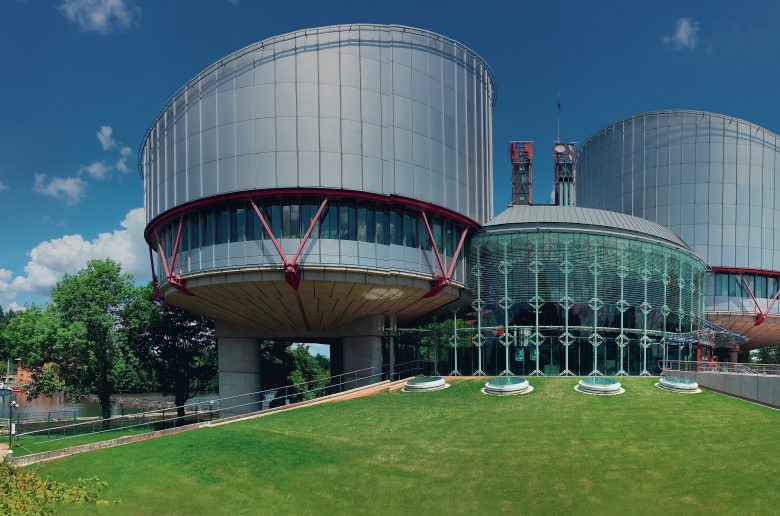
This article is relevant to AQA A-level 3.1 (law making) and OCR A-level Unit 2 (law making).
The main rule of judicial precedent is stare decisis, roughly translated as ‘let the decision stand’, or ‘treat like cases alike’. Once a decision is made on a point of law, it is fair to keep to that decision in later cases dealing with the same legal principles. However, as with most rules, there are exceptions to it. A court can distinguish one case from another when the material facts are different, and a higher court can overrule the decision of a lower one. Sometimes a court at the same level can overrule its own earlier decisions — this is rare but one way is when the Supreme Court applies the Practice Statement (Judicial Precedent) of 1966.
Your organisation does not have access to this article.
Sign up today to give your students the edge they need to achieve their best grades with subject expertise
Subscribe




